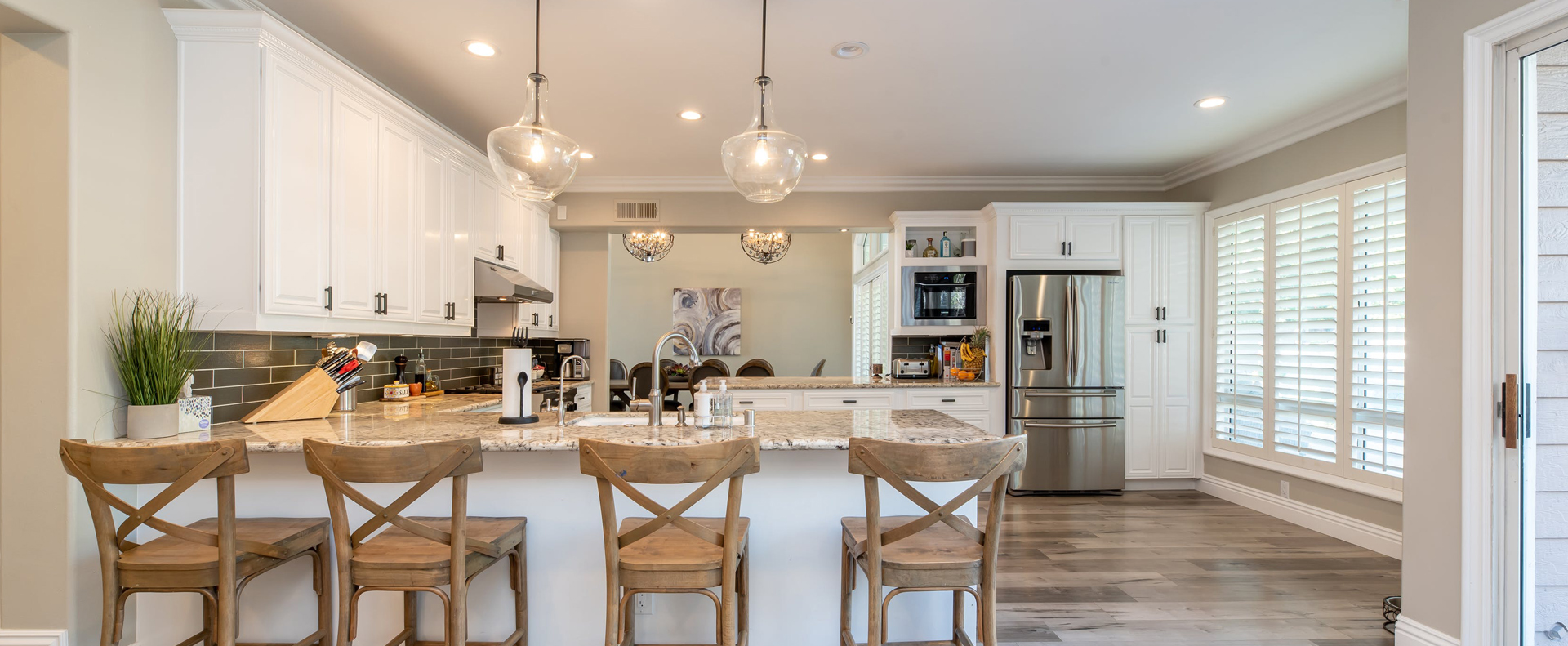How much do you know about the development process of the chair?
The Egyptian chair can be seen in the unearthed mural of Tutankhamun's mausoleum more than 3,000 years ago. The prototype is in the Louvre. This is also the earliest chair recorded in the image.
The current mainstream view is that the chair originated from ancient Egypt. 4600 years ago, the folding bench (that is, the Hu bed) and the high-leg table appeared in the ancient king period of ancient Egypt, and the chair appeared about 3000 years ago in the new king period of ancient Egypt. As for the first reason, the tropical area of Egypt is hot and less rainy, so you can't sit on the ground, but sit on high feet. The second is a symbol of nobility.
The introduction of chairs into China has a relatively tortuous journey.
First, ancient Egypt occupied West Asia and brought chairs and huts to West Asia; then West Asia hit Greece and promoted chairs and huts to Europe; then Europe hit Central Asia and brought chairs and huts to Europe. Central Asia; then Zhang Qian of the Western Han Dynasty went to the Western Regions and brought Hu Chuang to a small number of nomads (Hu) in the Northern Expedition of the Western Han Dynasty; then the Han Ling Emperor promoted Hu Fu and Hu Chuang. In this way, the prototype of the chair "Hu Bed" was able to appear in China.
Lady of the Tang Palace
According to the literature, the name "chair" first appeared in the Tang Dynasty, and it was always called "Hu Bed" before. The Hu bed was widely used from the Wei, Jin, Southern and Northern Dynasties to the Sui and Tang Dynasties, but not everyone can use it. Only high-ranking people can use it. At that time, the "Hu bed" was a high-end household item.
In the Tang Dynasty, the "Hu Bed" had a backrest, which was also recorded as a chair for the first time. After the Tang Dynasty, the use of chairs began to spread, and the name of the chair became popular.
There is another interpretation of the word "chair" before the Tang Dynasty, which is referred to as "beside the car", that is, the fence of the car. Its role is to rely on people when riding in a car. Later, the form of the chair was to install a fence on a four-legged platform. This was also inspired by the fence next to the car, so the seat was called "chair" by its name.
From the Five Dynasties to the Song Dynasty, tall seats were unprecedentedly popular, and the form of chairs increased, with back chairs, armchairs, armchairs, etc. appearing. At the same time, the shape, material and function of the chair are also different according to the different levels of dignity and inferiority. In the Ming and Qing Dynasties, the production level of the chair was improved day by day, and the style was more sophisticated, and the development of the chair reached its peak.
In fact, the most popular chair styles in modern times are the styles of the Ming and Qing Dynasties, and the typical chair is the armchair.
The armchair originated in the Song Dynasty. The most obvious thing about the armchair is the armrest connected to the back of the armchair. This is also the origin of the name of the armchair. The biggest feature of the armchair is that when a person is sitting and reclining, the back shoulder to the arm of the person follow the curved back of the armchair, which is very comfortable, so it is sought after by people.
In the Ming and Qing dynasties, people modified the original simple armchairs, giving the armchair backs beautiful carvings and exquisite woodcuts, giving the armchair a luxurious atmosphere. To this day, armchairs are still a big choice for people to buy chairs for home decoration.
The popularity of chairs not only changed people's sitting posture, but also had a greater impact on the interior style of the house.
In the past, people were sitting low, and the position of the windows was correspondingly low, so that people sitting could see the scenery outside the window, and the appearance of the chair made the position of the window significantly higher.
The traditional sitting ceremony requires the middle of the room to be as wide as possible for people to sit on the floor. After the appearance of chairs, people do not need to reserve too much space for sitting on the floor, and the number of furniture has also increased.
People's sitting posture rises, naturally, some high-footed furniture has gradually become popular, and tables have emerged as the times require, and have gradually become the most important furniture for eating and reading in our country. The appearance of high-foot furniture has caused a series of changes in daily necessities such as tea sets, dishes and so on.
The emergence of leisure chairs and high-footed tables laid the material foundation for sitting around and eating. People gradually began to sit around a table to eat. Until the appearance of a family dining table, eating at a table has become a custom, and the meal sharing system has also been adapted. Has become a meal system.

